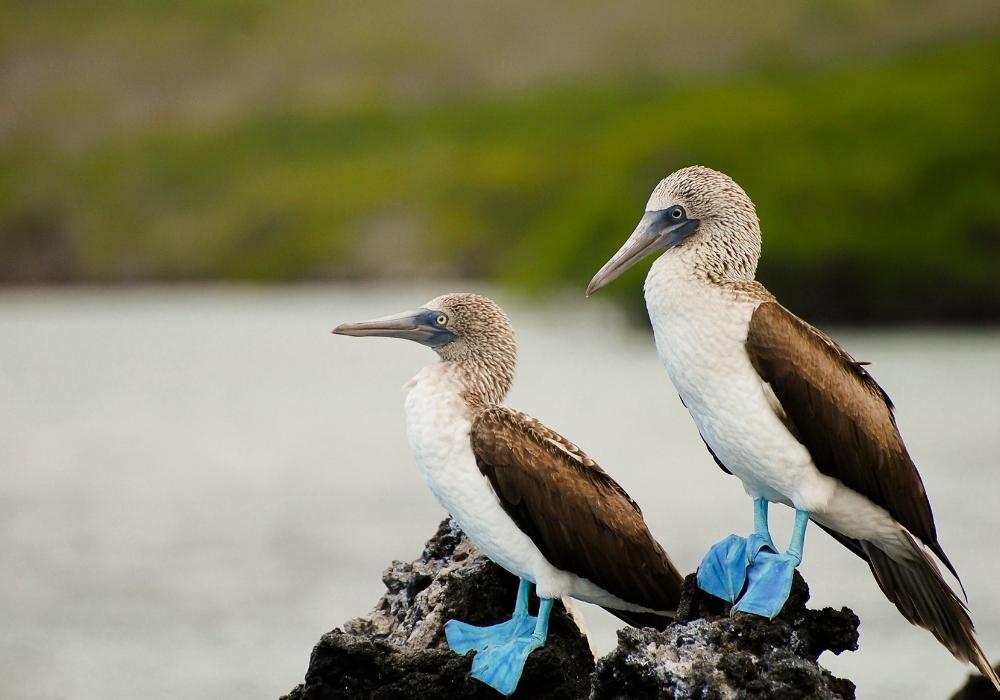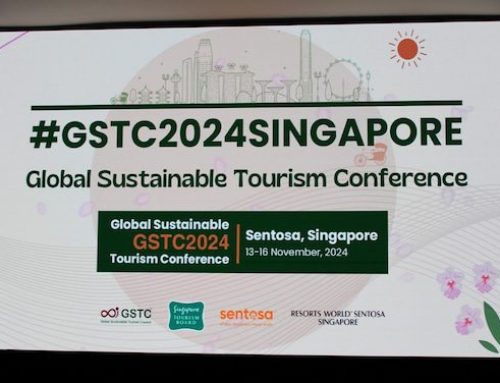How to Tread Lightly in Fragile Places
Article written by Elaine Glusac in The New York Times

For independent travelers, sustainable certifications can help identify responsible operations. The Global Sustainable Tourism Council (GSTC), which manages global standards in the industry for sustainability, recognizes several certification bodies for tourism businesses and destinations, including Bureau Veritas, EarthCheck and Green Destinations.
The GSTC recognizes national certifications in several countries including Indonesia, Norway and Japan.
For alpine resorts, Mountain IDEAL certification assesses a destination on more than 40 sustainability criteria, including environmental stewardship, adapting to climate change, addressing workforce housing and reducing greenhouses gases and waste. The Colorado ski towns of Vail and Breckenridge have qualified for the badge.
But with so much fragmentation, certifications can be tough to decipher. Check a destination’s website for information on sustainability. Aruba, for example, has distinguished itself for its use of solar and wind energy, powering roughly 20 percent of its needs. And the country of Jordan created a Meaningful Travel Map that identifies 12 social enterprises — including a cafe with food from a woman-led farmer’s cooperative and a Bedouin camp run by a local tribe — that it encourages travelers to visit.
Read the full article from The New York Times: How to Tread Lightly in Fragile Places (August 26, 2022)




